#mongolian fashion
Photo
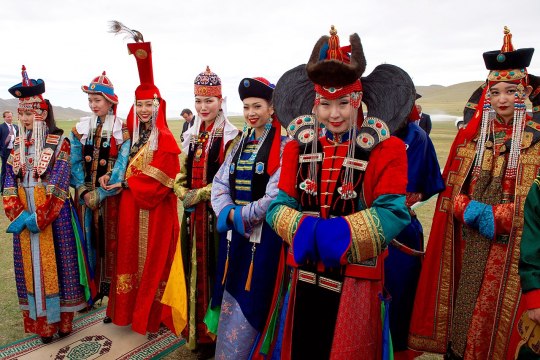
#deel#дээл#дэгэл#蒙古族#ᠮᠣᠩᠭᠣᠯᠴᠤᠳ#Mongolia#Inner Mongolia#Mongol#mongols#mongolian#mongolian people#Mongolian Folk#mongolian fashion#mongolian costume#mongolian culture#mongolian outfit#mongolian attire#East Asia#woman fashion#asia#asian#asian folk costume#Asian fashion#Asian Folk#asian costume#asian culture#asian outfit#asian attire
632 notes
·
View notes
Photo
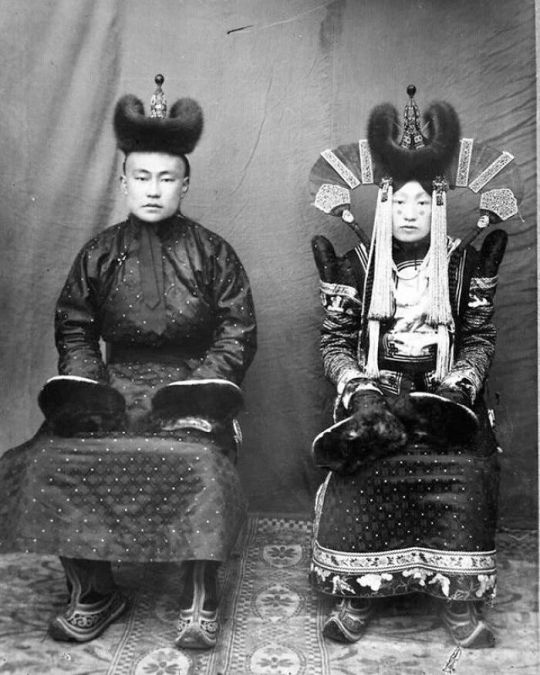
The Wedding Portrait Of A Married Khalkha Mongolian Couple, 1920s
(source)
#fashion#mongolia#mongolian fashion#bridal fashion#1920s#1920s fashion#headdress#hats#men's fashion#shoes
332 notes
·
View notes
Text

The Stark Legacy AU//Sansa and Arya in Winterfell
Despite gossip of wild women and savage lords that she had heard in her youth, Catelyn was shocked at the rigid social structure of the North. Aside from the women of Bear Island and the mountain clans, highborn ladies did not learn the arts of ruling or war. Benjen had even informed her that his mother and grandmother hadn’t even had ladies in waiting, despite being ladies of a Paramount House. She found her position severely lacking, especially compared to her having been acting Lady of Riverrun for so many years, a role that included much more than the running of the household.
And so Catelyn had written to her husband’s bannermen for lady companions, and insisted her daughters were educated just as her sons were, save for swordplay, despite Arya’s persistence to learn and multiple gifts from the Mormont ladies.
Sansa, more than a little surprisingly, had proven to be the best archer out of the children.
~~~
Not only do I deeply enjoy rewriting canon as I please like a vengeful god, I also really enjoy costume design and historic fashion.
Here we have Sansa and Arya, inspired by Mongolian Fashions. North Fashion is characterized by layers of wool and cotton designed for practicality and warmth. Northmen enjoy earthen and muted tones made from local plant dyes and embroidery is seen not only as an important skill but as a form of self expression; Sansa in particular loves adorning her tunics and dresses with intricate patterns and designs, and happily decorated her sibling’s clothes as well.
Sansa, a Lady of seven and ten, debuted in the Northern court and considered a woman grown, wears a more mature style of tunic and skirt in complimentary colored, and a tastefully decorated overdress. Her long hair is simply braided for day to day activities with a small hair pin of silver and amber.
Arya, still considered an adolescent at five and ten, as well as being wild and willful, wears a more childlike but practical smock style dress over a tunic that had once belonged to her older brother Robb, as well as leather breeches. Her hair is cut shorter than fashionable and bound by ribbons to keep from tangling into a nest.
#mac draws#the stark legacy AU#a song of ice and fire#asoiaf AU#game of thrones#got AU#Sansa stark#Arya stark#fashion#fashion design#costume design#Mac writes#fanfic#fanfic AU#Mongolian fashion#pls ask me about tsl I’m Dying to talk about it#I was gonna draw Mayve and Theon in the background but I got lazy
207 notes
·
View notes
Text
Mongolian Women Series by Artist Su Ruya.
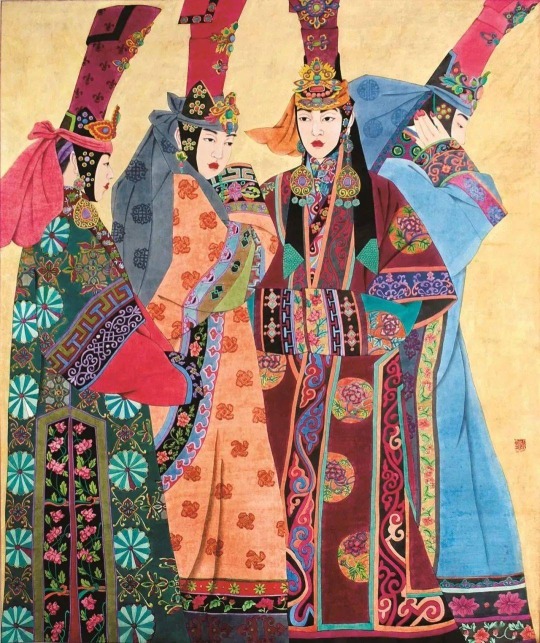
Mongolian Noble Women. Su Ruya. Painting, 2017 [image source].

Mongolian Woman No. 9, Mongolia Imagery Series. Su Ruya. Painting, 2002 [image source].

Mongolian Women No. 2, Mongolia Imagery Series. Su Ruya. Painting [image source].

Mongolian Women No. 1, Mongolia Imagery Series. Su Ruya. Painting, 1998. [image source].

Mongolian Woman No. 10, Mongolia Imagery Series. Su Ruya. Painting, 2002 [image source].
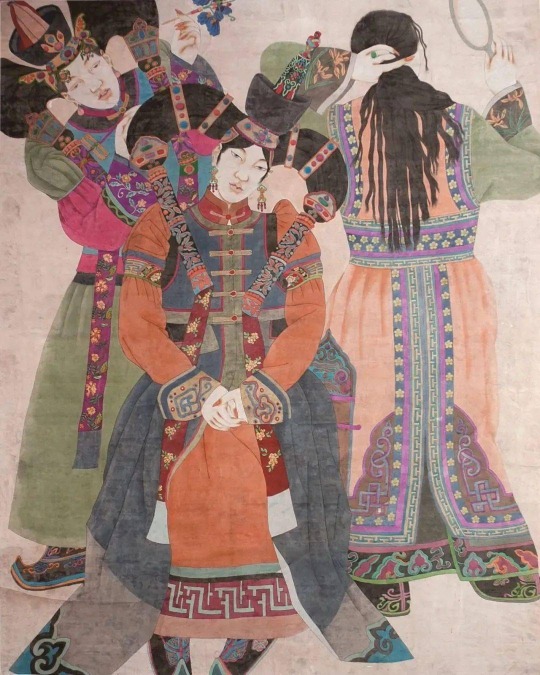
Golden Age. Su Ruya. Painting, 2014 [image source].

Mongolian Woman No. 15, Mongolia Imagery Series. Su Ruya. Painting, 2015 [image source].
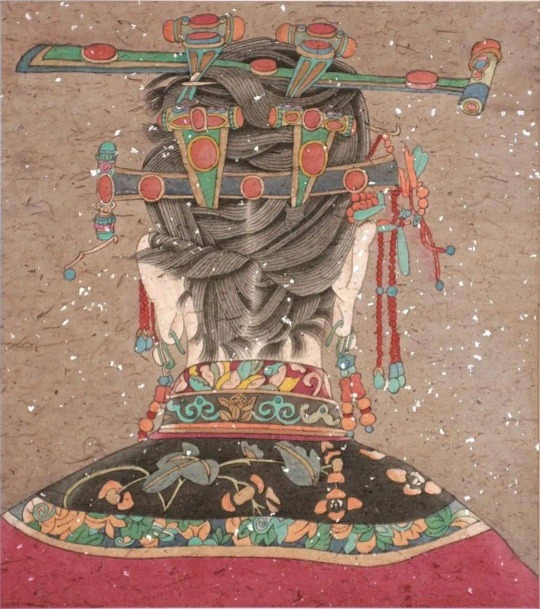
Mongolian Woman No. 5, Mongolia Imagery Series. Su Ruya. Painting, 2000 [image source].
#mongolia#inner mongolia#chinese art#china#chinese artists#inner mongolian artists#asian art#mongolian fashion#traditional mongolian fashion#su ruya#su ruya artist#painting#art#boqta#gugu hat
35 notes
·
View notes
Text

B to the D to the Double O its Bdubs!
#hermitcraft#hermitcraft fanart#hermitcraft smp#hermitblr#hermitcraft season 10#hermitcraft 10#fanart#bitter content#bdoubleo#bdoubleo100#bdoubleo fanart#bdouble0#bdubs#bdubs fanart#hermitcraft bdubs#hc10#hc bdubs#fashion studies#this time: hot weather outfits!#im so happy with the jorts one no shirt jorts and flipflops what a vibe#so the first one is a more japanese inspired summer kimono outfit with american styling#and then the second is based on some mongolian and tibetan high fashion fits ive seen#lots of beads and cool little accessories
116 notes
·
View notes
Photo
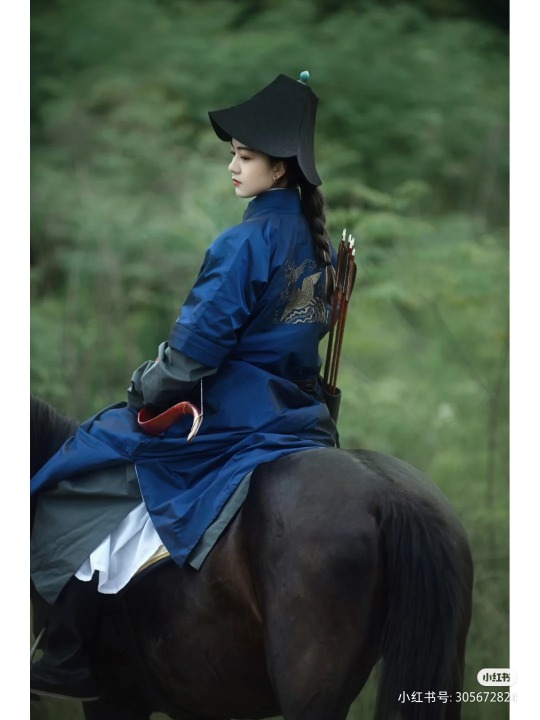


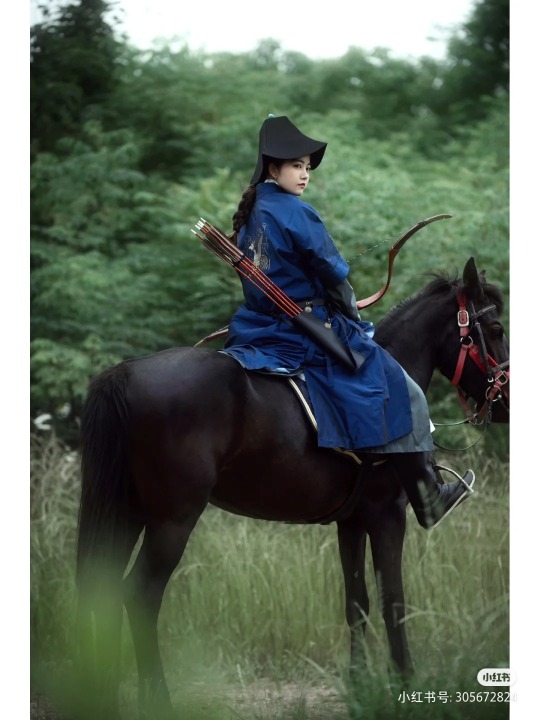



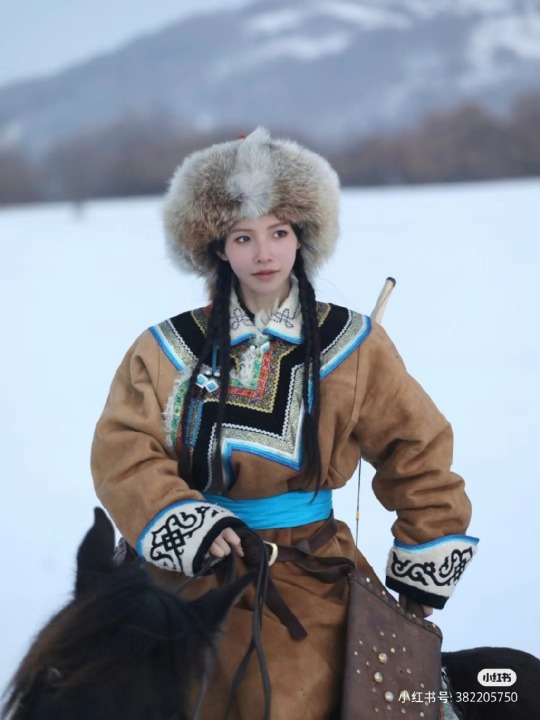

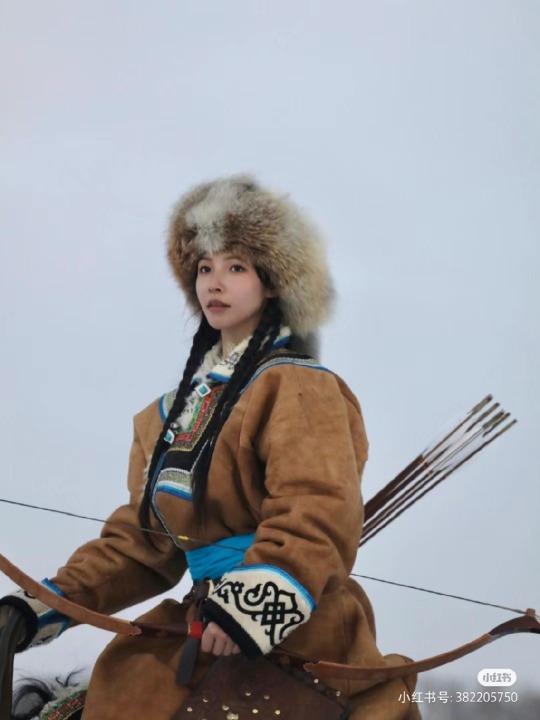
horseriding and archery fashion on xiaohongshu (hanfu, inner mongolian robes)
836 notes
·
View notes
Text

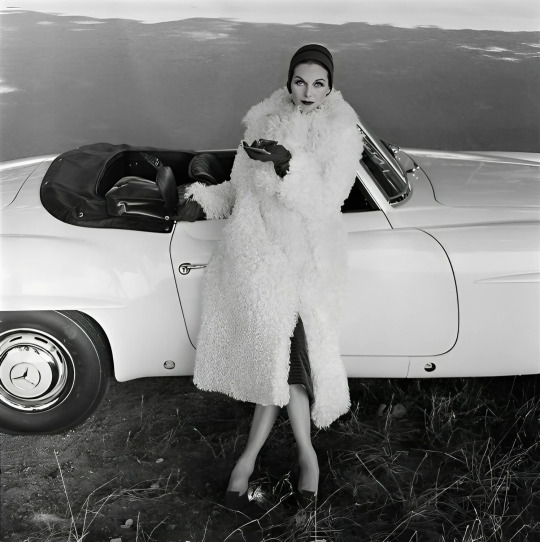
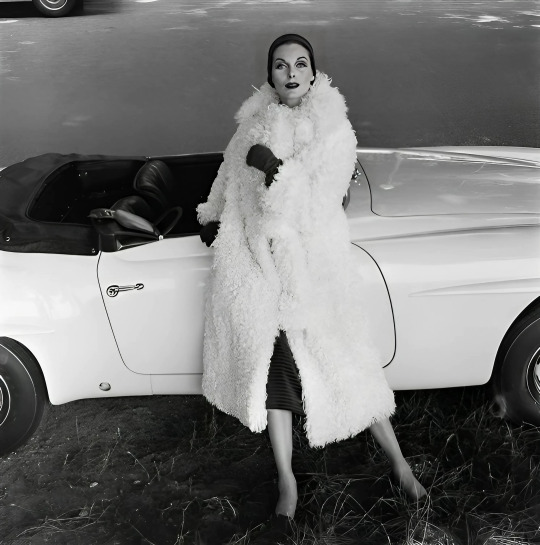
Vogue Paris novembre 1955
Jacques Fath Haute Couture Collection Fall/Winter 1955-56.
Anne St. Marie in a white Mongolian lamb coat closed with three enormous buttons. The car: Mercedes-Benz 300 SL
Jacques Fath Collection Haute Couture Automne/Hiver 1955-56.
Anne St. Marie en manteau d'agneau de mongolie blanc fermé de trois énormes boutons. La voiture : Mercedes-Benz 300 SL
Photo Henry Clarke
archive vogue
#vogue paris#novembre 1955#fashion 50s#1955-56#haute couture#french designer#french style#jacques fath#anne st. marie#henry clarke#mongolian lamb#mercedes benz#300 sl
33 notes
·
View notes
Text

I feel like shit but I still gotta show up for mine 💔
#asian girls#mongolian#asian girl#mongolia#black#long hair#asian fashion#hip hop#me#asian#fuck you#fuck everything#life is strange#life’s a bitch
24 notes
·
View notes
Photo
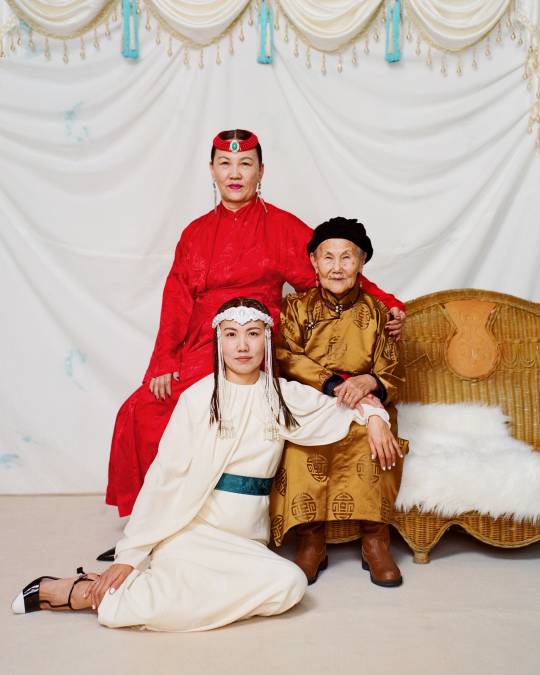
Three generations of Mongolian women: Daraahuu (in red); her mother, Bolgimaa (in gold); and Daraahuu’s daughter, Suye (in white). Photographed by Hailun Ma, Vogue China, June 2022 (source)
316 notes
·
View notes
Photo



1:2-1:4-1:9-אופנה אסייתית מסורתית
#Traditional Asian Fashion#Mongolian#Tibetan#Chinese#Beautiful#Colorful#Nomadic#Jewelry#Asian Culture#Asian Fashion#Headdress#Furs#Tibetan Culture#Mongolian Culture#1:2#1:4#1:9
18 notes
·
View notes
Text
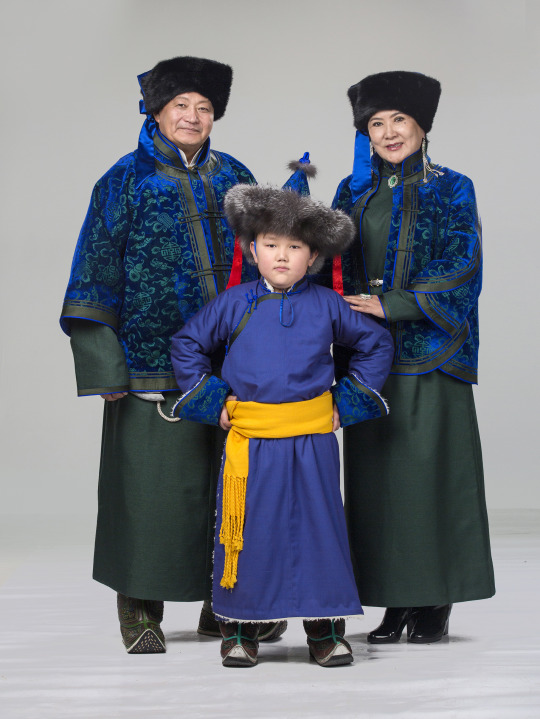
#дээл#дэгэл#deel#mongolian costume#mongols#mongolian#mongolia#inner mongolia#mongolian fashion#mongolian people#mongolian culture#mongolian folk#mongolian attire#mongolian outfit#asian folk costume#woman fashion#man fashion#kid fashion#child fashion#asian#asia#east asia#asian costume#asian culture#asian fashion#asian folk#asian outfit#asian attire
144 notes
·
View notes
Text
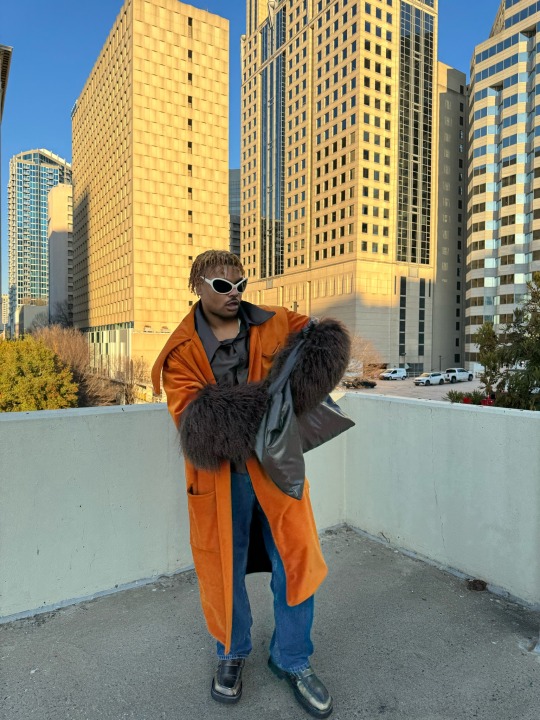
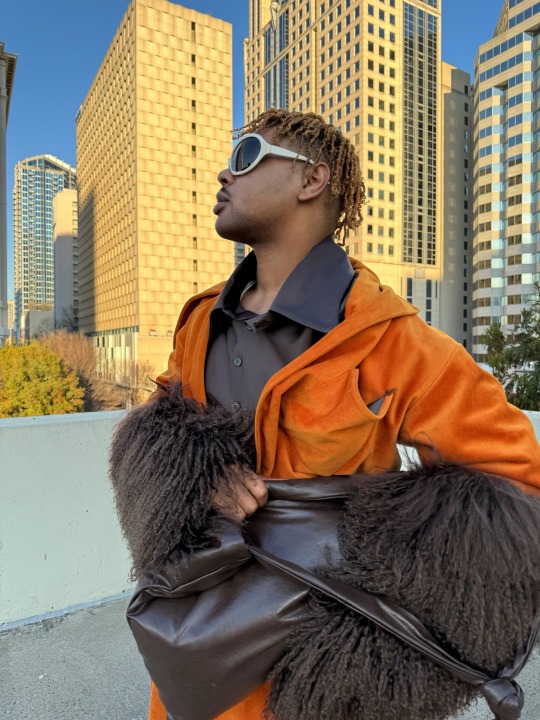

day in the life
#fashion#mongolian#mod party cat#mongolianfur#kassl#kassleditions#mob wife aesthetic#totebag#city#mod#mensfashion#ss24#tomford#tomfordgucci#gucci1995#fall1995#silkshirt#archive#kylie jenner#mugler
0 notes
Text
Performance Purge Week: NY Monday 7/24 PERMANENT TOURIST

View On WordPress
#activation#antihero#bbq#bbqbouncebackqween#bouncebackqween#Brooklyn#caricature#clown#crownheights#culture#drag#erikotsogo#fashion#Home#livingoutofasuitcase#margin#marginalized#mime#mongolia#mongolian#newyork#newyorkcity#parody#performance#performanceart#permanenttourist#prospectpark#purge#reinvention#ritual
1 note
·
View note
Text
Married Mongolian Women’s Hairstyle in the Yuan Dynasty
Mongolians have a long history of shaving and cutting their hair in specific styles to signal socioeconomic, marital, and ethnic status that spans thousands of years. The cutting and shaving of the hair was also regarded as an important symbol of change and transition. No Mongolian tradition exemplifies this better than the first haircut a child receives called Daah Urgeeh, khüükhdiin üs avakh (cutting the child’s hair), or örövlög ürgeekh (clipping the child’s crest) (Mongulai, 2018)
The custom is practiced for boys when they are at age 3 or 5, and for girls at age 2 or 4. This is due to the Mongols’ traditional belief in odd numbers as arga (method) [also known as action, ᠮᠣᠩᠭᠤᠯ, арга] and even numbers as bilig (wisdom) [ᠪᠢᠴᠢᠭ, билиг].
Mongulai, 2018.
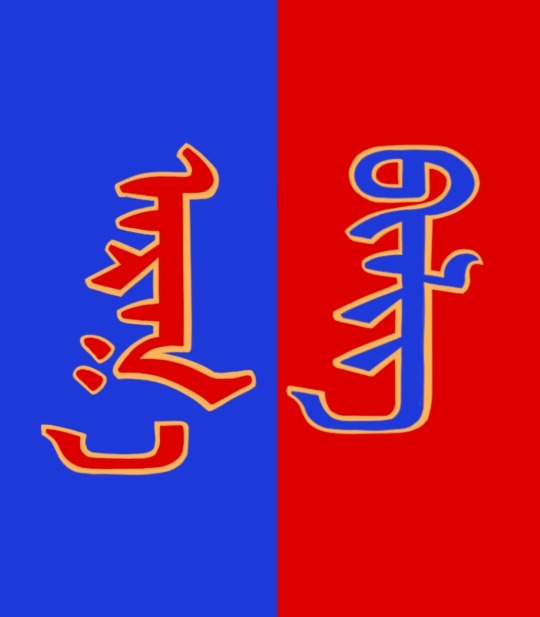
The Mongolian concept of arga bilig (see above) represents the belief that opposite forces, in this case action [external] and wisdom [internal], need to co-exist in stability to achieve harmony. Although one may be tempted to call it the Mongolian version of Yin-Yang, arga bilig is a separate concept altogether with roots found not in Chinese philosophy nor Daoism, but Eurasian shamanism.
However, Mongolian men were not the only ones who shaved their hair. Mongolian women did as well.
Flemish Franciscan missionary and explorer, William of Rubruck [Willem van Ruysbroeck] (1220-1293) was among the earliest Westerners to make detailed records about the Mongol Empire, its court, and people. In one of his accounts he states the following:
But on the day following her marriage, (a woman) shaves the front half of her head, and puts on a tunic as wide as a nun's gown, but everyway larger and longer, open before, and tied on the right side. […] Furthermore, they have a head-dress which they call bocca [boqtaq/gugu hat] made of bark, or such other light material as they can find, and it is big and as much as two hands can span around, and is a cubit and more high, and square like the capital of a column. This bocca they cover with costly silk stuff, and it is hollow inside, and on top of the capital, or the square on it, they put a tuft of quills or light canes also a cubit or more in length. And this tuft they ornament at the top with peacock feathers, and round the edge (of the top) with feathers from the mallard's tail, and also with precious stones. The wealthy ladies wear such an ornament on their heads, and fasten it down tightly with an amess [J: a fur hood], for which there is an opening in the top for that purpose, and inside they stuff their hair, gathering it together on the back of the tops of their heads in a kind of knot, and putting it in the bocca, which they afterwards tie down tightly under the chin.
Ruysbroeck, 1900
TLDR: Mongolian women shaved the front half of their head and covered it with a boqta, the tall Mongolian headdress worn by noblewomen throughout the Mongol empire. Rubruck observed this hairstyle in noblewomen (boqta was reserved only for noblewomen). It’s not clear whether all women, regardless of status, shaved the front of their heads after marriage and whether it was limited to certain ethnic groups.
When I learned about that piece of information, I was simply going to leave it at that but, what actually motivated me to write this post is to show what I believe to be evidence of what Rubruck described. By sheer coincidence, I came across these Yuan Dynasty empress paintings:

Portrait of Empress Dowager Taji Khatun [ᠲᠠᠵᠢ ᠬᠠᠲᠤᠨ, Тажи xатан], also known as Empress Zhaoxian Yuansheng [昭獻元聖皇后] (1262 - 1322) from album of Portraits of Empresses. Artist Unknown. Ink and color on silk, Yuan Dynasty (1260-1368). National Palace Museum in Taipei, Taiwan [image source].

Portrait of Unnamed Imperial Consort from album Portraits of Empresses. Artist Unknown. Ink and color on silk. Yuan Dynasty (1260-1368). National Palace Mueum in Taiper, Taiwan [image source].

Portrait of unnamed wife of Gegeen Khan [ᠭᠡᠭᠡᠨ ᠬᠠᠭᠠᠨ, Гэгээн хаан], also known as Shidibala [ᠰᠢᠳᠡᠪᠠᠯᠠ, 碩德八剌] and Emperor Yingzong of Yuan [英宗皇帝] (1302-1323) from album Portraits of Empresses. Artist Unknown. Ink and color on silk. Yuan Dynasty (1260-1368), early 14th century. National Palace Museum in Taipei, Taiwan [image source].
To me, it’s evident that the hair of those women is shaved at the front. The transparent gauze strip allows us to clearly see their hairstyle. The other Yuan empress portraits have the front part of the head covered, making it impossible to discern which hairstyle they had. I wonder if the transparent gauze was a personal style choice or if it was part of the tradition such that, after shaving the hair, the women had to show that they were now married by showcasing the shaved part.
As shaving or cutting the hair was a practice linked by nomads with transitioning or changing from one state to another (going from being single to married, for example), it would not be a surprise if the women regrew it.
References:
Mongulai. (2018, April 19). Tradition of cutting the hair of the child for the first time.
Ruysbroeck, W. V. & Giovanni, D. P. D. C., Rockhill, W. W., ed. (1900) The journey of William of Rubruck to the eastern parts of the world, 1253-55, as narrated by himself, with two accounts of the earlier journey of John of Pian de Carpine. Hakluyt Society London. Retrieved from the University of Washington’s Silk Road texts.
#mongolia#mongolian#yuan dynasty#mongolian history#chinese history#china#boqta#mongolian traditions#history#gegeen khan#empress dowager taji#mongol empire#William of Rubruck#historical fashion#arga bilig#central asia#central asian culture#mongolian culture#asia
273 notes
·
View notes
Text
Queen Amidala – Star Wars
Although RESA have never seen a Star Wars movie, Resa did recognize this fence mural as from the franchise. Graffiti Lux Art & More – MAY 27, 2022
https://graffitiglam.files.wordpress.com/2022/05/sw5.jpg?w=640&h=391
So, I sent a pic to my main pal from this universe – Tyeth – For Tyeth Saber Site
Tyeth – “Oh wow! That is unreal! I think the artist has used the colour palette used on…
View On WordPress
#based on real life Mongolian fashion#Darth Vader#fence mural#FENCES#Master Yoda#Naboo tradition#Natalie Portman and by Keira Knightley#Padme#Queen Amidala – Star Wars#RESA - Graffiti Lux Art & More#Star Wars#the Blu-Ray edition boxes#the movie (Phantom Menace)
0 notes
Photo
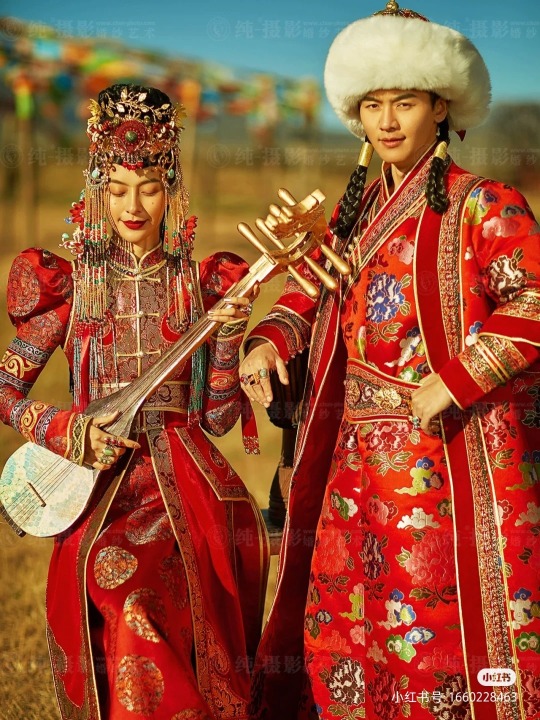
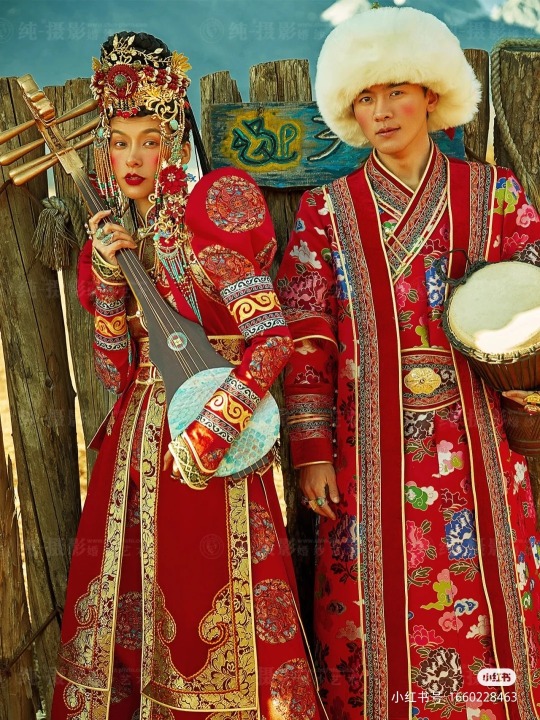
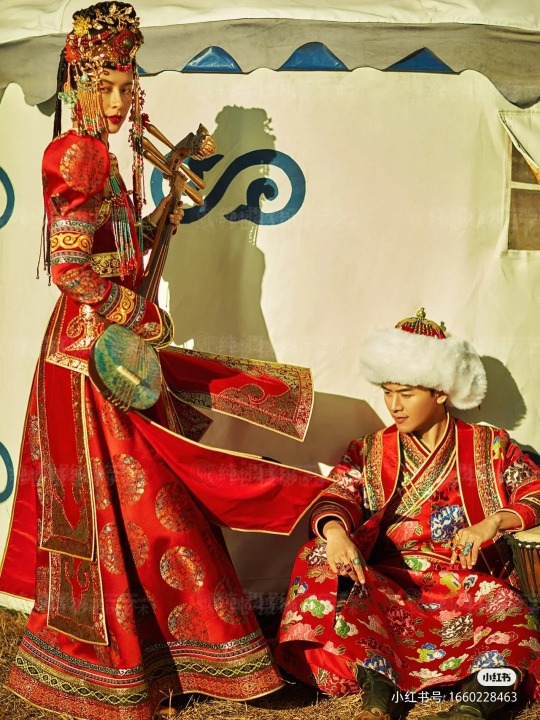




Inner Mongolian wedding dress
1K notes
·
View notes